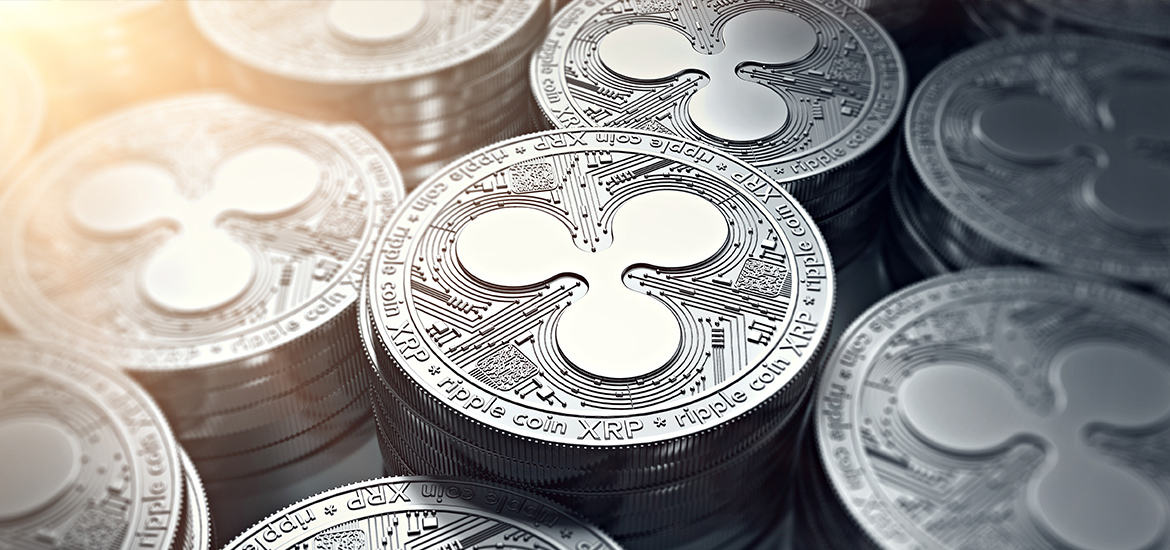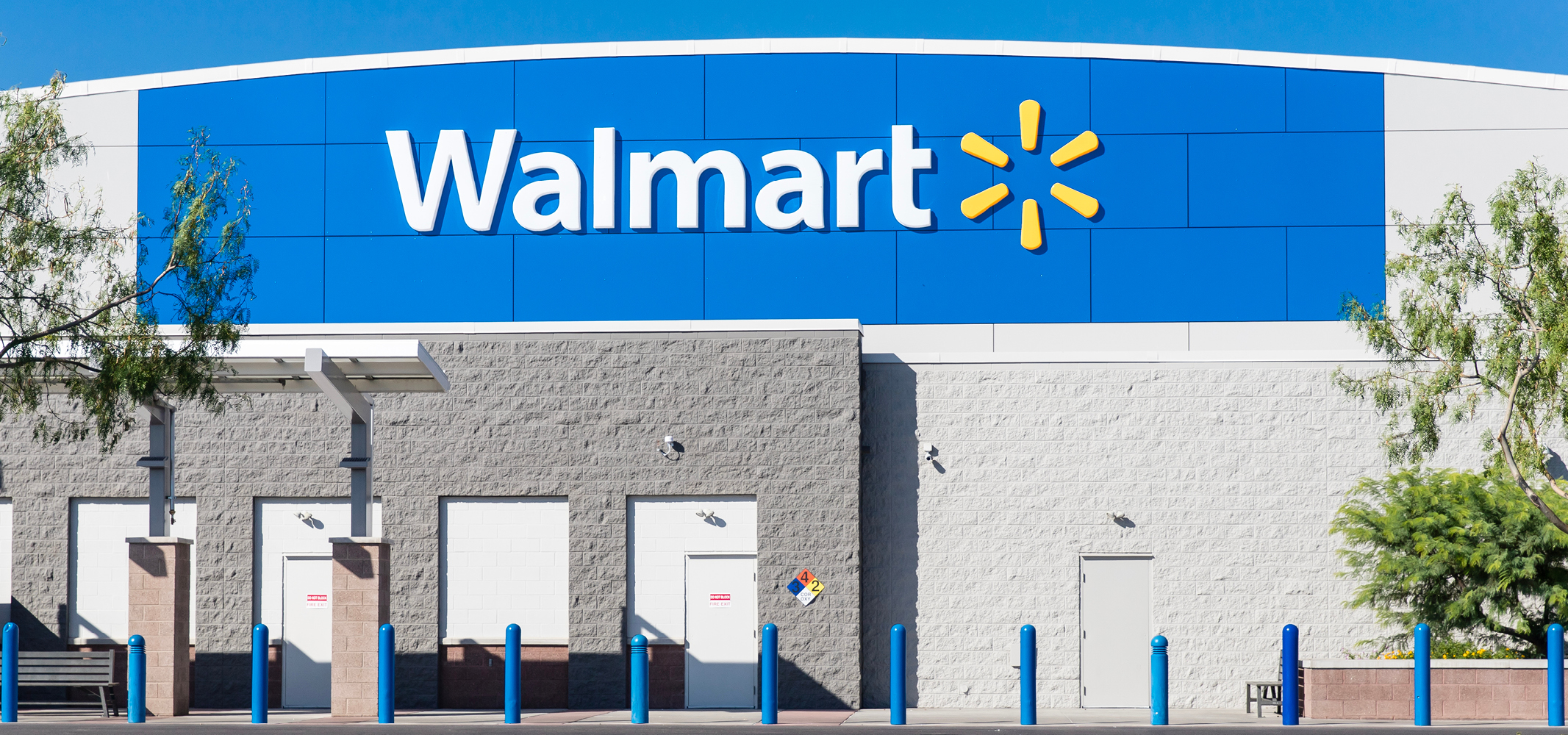Ripple (XRP) is an open source protocol, which is intended to be used as a distributed peer-to-peer payment system, especially in banking and finance. Probably the most interesting thing about Ripple technology is its currency independence. A transaction in the Ripple network can be processed using any currency imaginable. XRP wants to solve the fundamental problem in the international monetary system. When transactions are carried out across national borders, complicated currency changes result in high fees and banks must remain constantly liquid and have so-called nostro accounts in the receiving countries.
The technology behind Ripple
In of the world of block chain technologies plays a special role for the Ripple. Other projects follow a path that rejects the classic banking system. Ripple, on the other hand, tries to work and cooperate with the existing banking systems. The XRP token, which is used to process transactions, serves as the bridge currency in the Ripple network. Prior to a transaction, an input currency is swapped into XRP and transmitted over the network. Once it reaches the recipient, it is swapped back into the output currency. Transactions of two different currencies are thus easily possible. XRP is currently the only coin used in RippleNet.
Gateways act within the network, they take on the role of intermediaries. They have the function of an intermediate station that receives an incoming payment and forwards it accordingly. A transaction can also run via several gateways. As soon as a transaction runs across several gateways in the Ripple Network, promissory notes (IOUs – “I owe you”) are created, which must be settled by the subsequent party. Transactions can thus be channelled quickly through the network without always having to wait for the IOUs to be settled.
How the protocol works
Modern payment systems are usually based on trust in the state or in financial institutions such as banks. This is particularly true for digital accounts of national currencies, as the money is usually not owned and an institution monitors and controls the amount. Ripple is an attempt to transfer this mechanism of trust to a digital currency by storing all transactions and liabilities between users and institutions in a public register. Behind this system are so-called IOUs. The abbreviation stands for the English phrase “I owe (yo)u” and is a kind of promissory note. The users’ promissory notes are stored in the Ripple Register. In addition to the debt system, the register also enables a comprehensive foreign exchange market in a similar way, which is constantly evolving.









Leave A Comment
You must be logged in to post a comment.